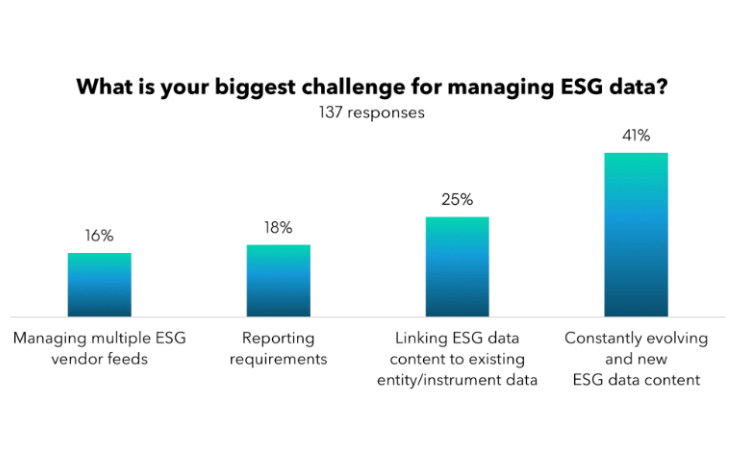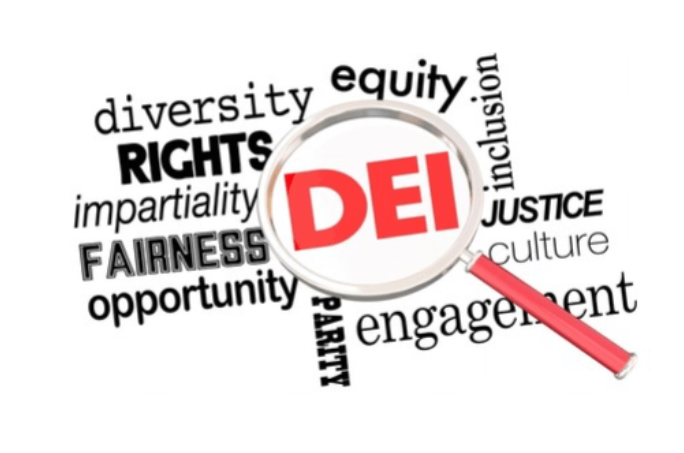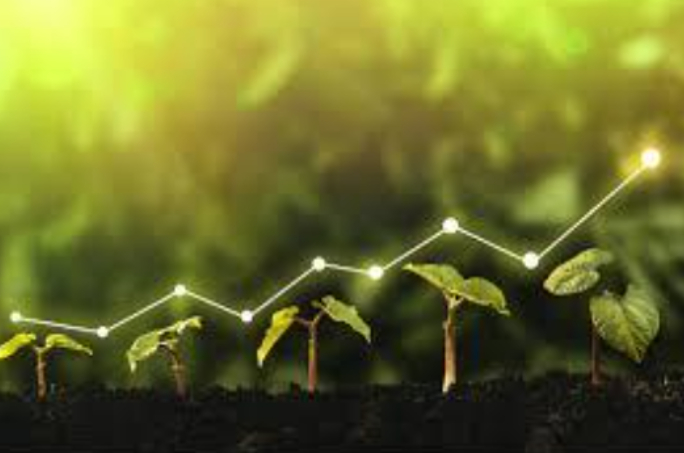Buildings with ‘Green’ credentials are financially a better investment (and have been so for some time). Global Brands want to lease them, Real Estate Funds want to own them, and the Bond Market wants to fund them. Tenants, investors and lenders are further realising and accepting the benefits of green buildings for lower cap rates and effectively boosting the prospects of the loan to be refinanced at maturity.
In a report by Moody’s Investors Service, prominent asset classes in which green financing is playing a visible role were discussed. Moody’s report covered green asset-backed securities (ABS) including property assessed clean energy (PACE) ABS, residential mortgage-backed securities (RMBS), commercial mortgage-backed securities (CMBS) and covered bonds. Green securitization makes up a significant proportion of green bond issuance, accounting for 17% of the $110 billion in green bond issuance in the first three quarters of 2018. Moody’s expects the types of collateral, as well as the prospects for issuance, to continue to vary widely across securitization sectors[1].
Standard & Poor’s (S&P) also implements ESG factors into the credit ratings of project finance, most often analysed in the context of a project’s construction and operational phases. S&P states that if;
“ESG factors materially affect funding adequacy, timing of completion, or the budget required to complete the construction on time, we could modify the construction stand-alone credit profile (SACP)”.[3]
The operations phase SACP and forecasting of revenues, operating and maintenance costs, and capital costs may be affected through implementing an efficient set of ESG factors into credit ratings.
Environmental, Social and Governance (ESG) factors are becoming increasingly important for credit rating agencies to recognise in their assessment of green securitization. The Environmental element of ESG is the most significant input into the ratings procedure and the key downgrade risk for an assortment of reasons, predominately due to an increasing ESG-conscious investor base.
In 2008, Singapore Authorities enhanced their Building Control Act by putting in place the Building Control (Environmental Sustainability) Regulations. The Act requires a minimum environmental sustainability standard that is equivalent to the Green Mark Certified Level for new buildings and existing ones that undergo major retrofitting[2]. This action forced stakeholders to think differently about green buildings (also known as Low Carbon Buildings) and provide financial mechanisms and products to support the change in landscape within the Property Development sector.
Though the history of green buildings isn’t long, studies have shown buildings have superior income producing ability. Buildings certified as sustainable were reported to outperform similar non-green buildings on key economic attributes such as rent, occupancy, and lease renewal.[4] The expectation in the future is that green buildings will simply be the norm and eventually the ‘green’ tag will be lost.
Written by ESG Responsible Investments (www.esgi.com) and noted sources.
[1] https://www.moodys.com/research/Moodys-Green-financing-plays-growing-role-in-structured-asset-classes–PBS_1149594 (complete report requires membership access)
[2] https://www.bca.gov.sg/EnvSusLegislation/Environmental_Sustainability_Legislation.html
[3] https://www.spratings.com/en_US/products/-/product-detail/our-approach-to-esg-in-ratings
[4] https://www.moodys.com/researchdocumentcontentpage.aspx?docid=PBS_1036329
Contact us to discuss how your organisation can reduce ESG risks, create an effective ESG strategy, reduce their carbon footprint and better manage ESG risk in your supply chain.









